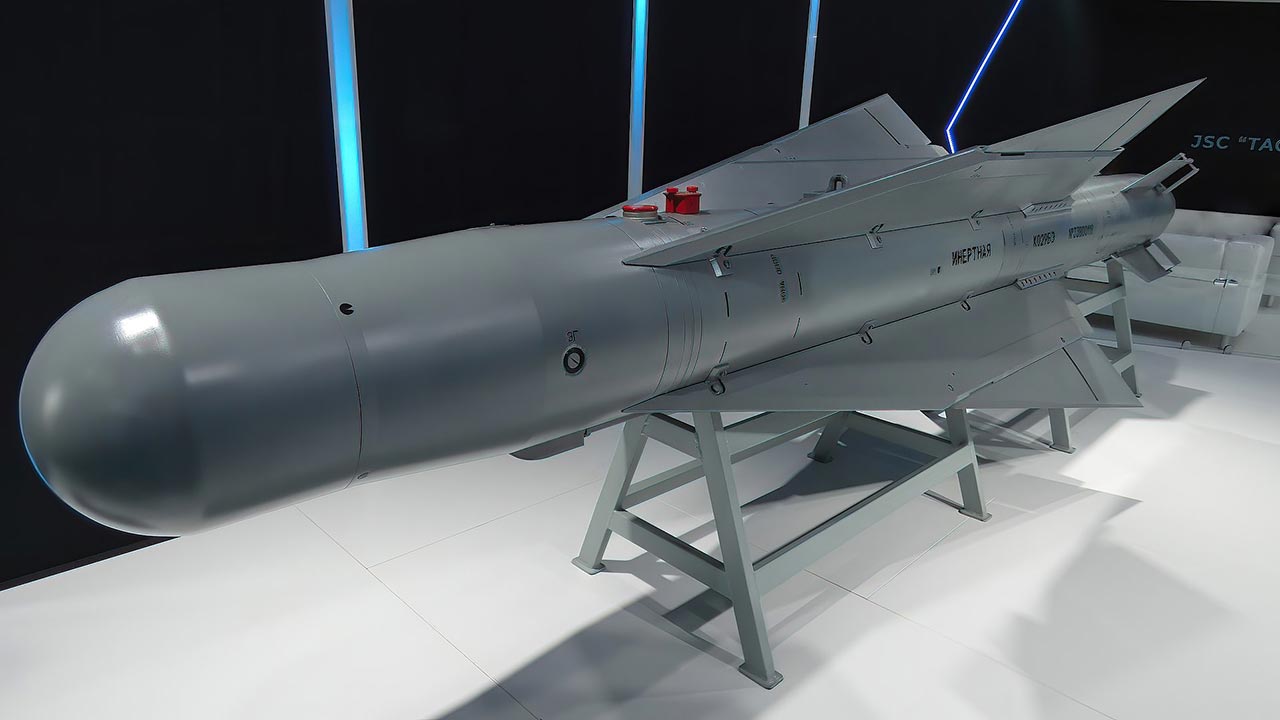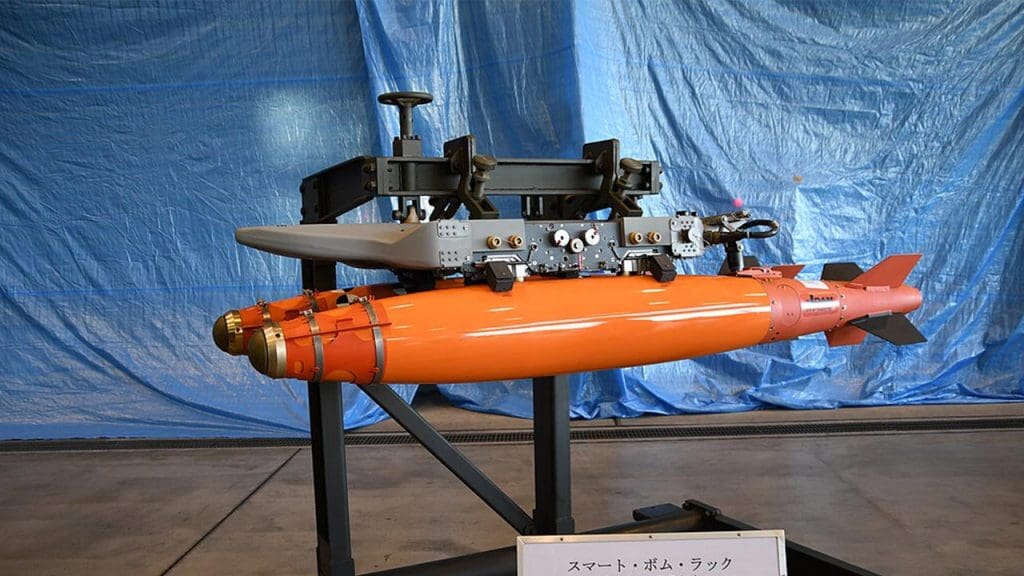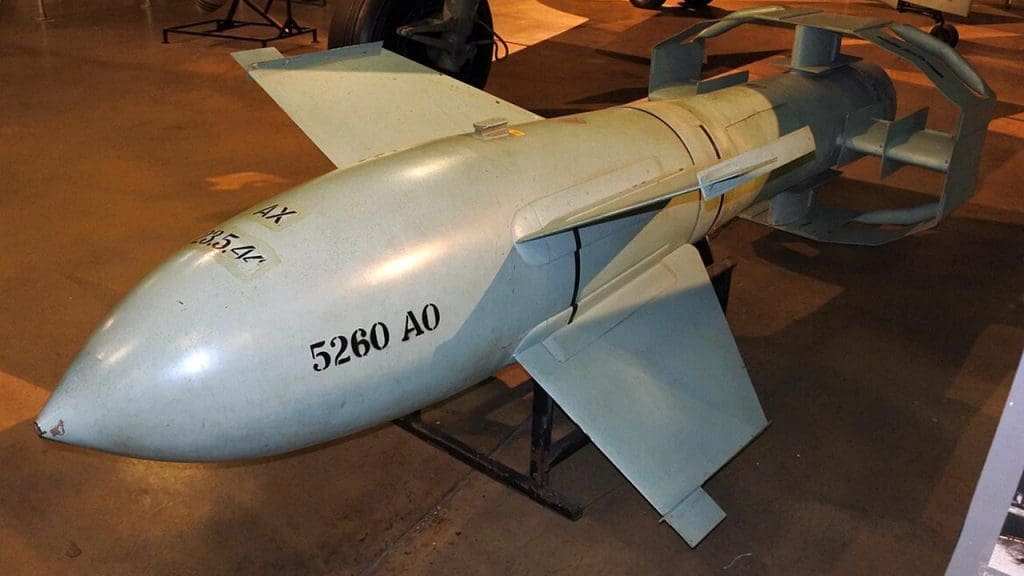
Advances in military technology have transformed traditional warfare, with precision-guided munitions playing a pivotal role in modern combat. These smart bombs, equipped with laser guidance, GPS, and AI, offer unparalleled accuracy and efficiency. Let’s delve into the sophisticated technologies that power America’s contemporary arsenal.
Laser Guidance Systems: The Eye of Precision

The history of laser-guided systems is a fascinating journey from their inception during the Vietnam War to their current applications in precision weaponry. Initially developed to improve the accuracy of aerial bombs, these systems have evolved significantly over the decades. The introduction of laser target designators allowed for more precise targeting, minimizing collateral damage and enhancing mission success rates.
Laser guidance operates by illuminating a target with a laser beam, which is then reflected back to the bomb’s seeker head. This reflection allows the bomb to adjust its flight path in real-time, ensuring it strikes the intended target. The technology relies heavily on clear weather conditions, as cloud cover or smoke can disrupt the laser beam’s path. Despite these limitations, the advantages of laser-guided bombs, such as precision and reduced unintended damage, are well-documented.
GPS Technology: Navigating the Modern Battlefield

GPS technology has revolutionized the way munitions are deployed on the battlefield. By integrating GPS systems into bombs, military forces can achieve a new level of accuracy and reliability across diverse terrains. This integration allows munitions to be guided accurately to their targets, even from great distances, transforming strategic military operations.
The strategic advantages of GPS-guided bombs are significant. They enable forces to launch attacks from safe distances, reducing the risk to personnel and equipment. However, GPS technology is not without its challenges. GPS signals can be jammed by adversaries, potentially compromising the accuracy of the strike. To counteract these threats, military developers have invested in advanced anti-jamming technologies to ensure the reliability of GPS-guided munitions.
Artificial Intelligence: The Brain Behind Smart Bombs

Artificial intelligence plays a crucial role in the functionality of smart bombs, employing complex algorithms to process vast amounts of data and make split-second decisions. AI enhances targeting accuracy by analyzing environmental conditions and adjusting trajectories accordingly. This capability is vital in dynamic combat scenarios where conditions change rapidly.
The development of semi-autonomous and fully autonomous munitions is a testament to the power of AI in modern warfare. These AI-powered systems can operate with minimal human intervention, making decisions based on pre-programmed criteria and real-time data analysis. However, the use of AI in weaponry raises significant ethical concerns, particularly regarding autonomous decision-making in combat. Questions about accountability and the potential for unintended civilian casualties remain at the forefront of discussions about AI in military applications.
Impact on Modern Warfare and Global Dynamics

The introduction of smart bombs has significantly altered military tactics and the balance of power globally. Precision-guided munitions enable forces to conduct operations with greater efficiency and reduced collateral damage, reshaping strategic approaches in conflict zones. The recent conflict in Ukraine has highlighted the effectiveness of these technologies, with both sides employing advanced munitions to gain a tactical edge.
Case studies from recent conflicts underscore the transformative impact of smart bombs on modern warfare. The ongoing situation in Ukraine, for instance, demonstrates how precision-guided munitions have been employed to target strategic assets with minimal risk to civilians. Looking to the future, advancements in laser, GPS, and AI technologies promise to further enhance the capabilities of precision-guided munitions, potentially leading to even more sophisticated weaponry.
Comparative Analysis: America vs. Global Counterparts

When comparing America’s smart bomb technology to that of other countries, such as Russia and India, it becomes clear that the United States maintains a technological edge. American precision-guided munitions are renowned for their accuracy and reliability, often setting the standard for global military technology. However, other nations are rapidly advancing their capabilities, with India, for example, turning to long-range precision systems to bolster its defense capabilities (source).
International collaborations and rivalries play a significant role in the development of precision-guided munitions. Countries often engage in partnerships to share technology and expertise, while also competing to maintain a competitive edge in the global arms market. International policies and treaties aim to regulate the use and proliferation of such advanced weaponry, ensuring that these powerful tools are used responsibly on the global stage.